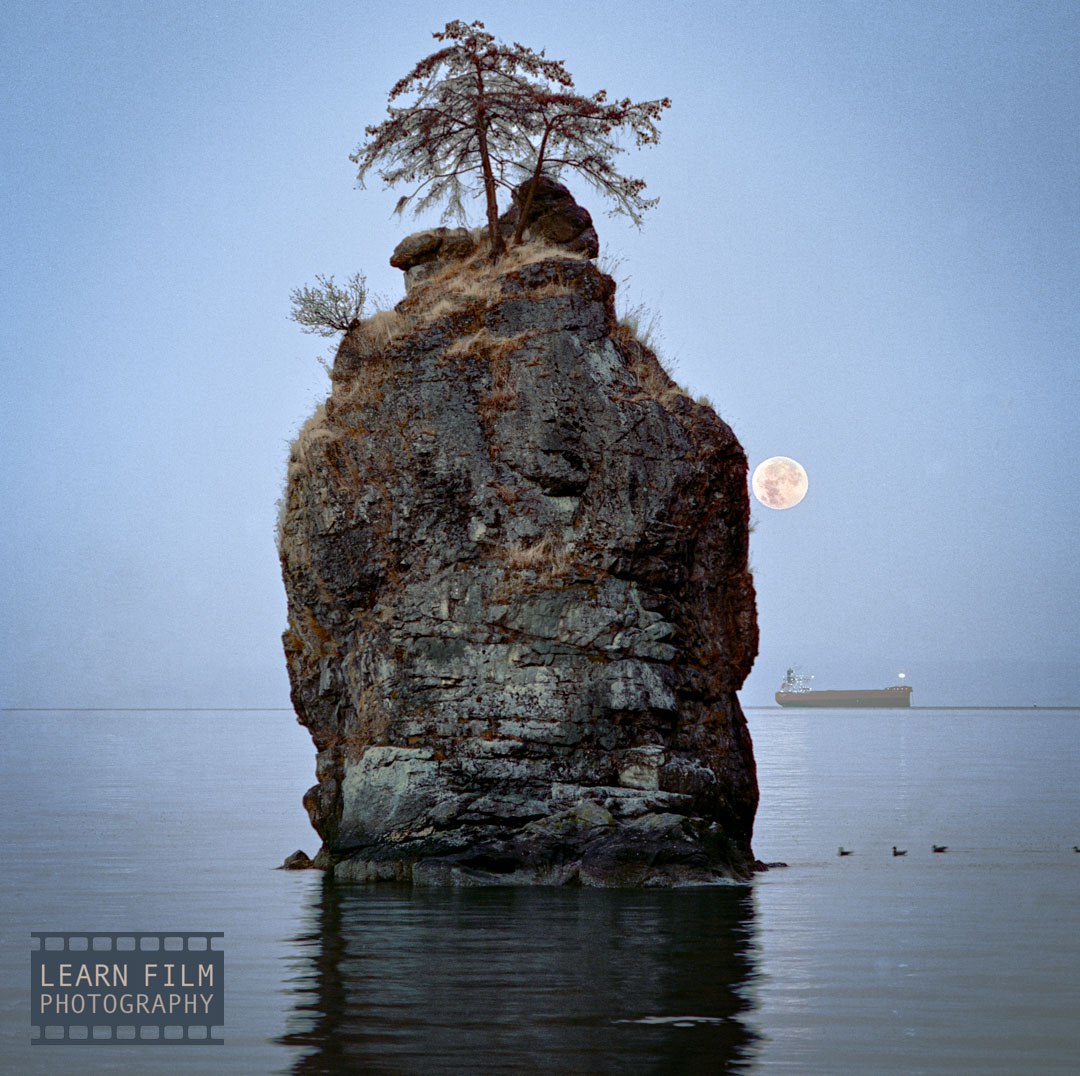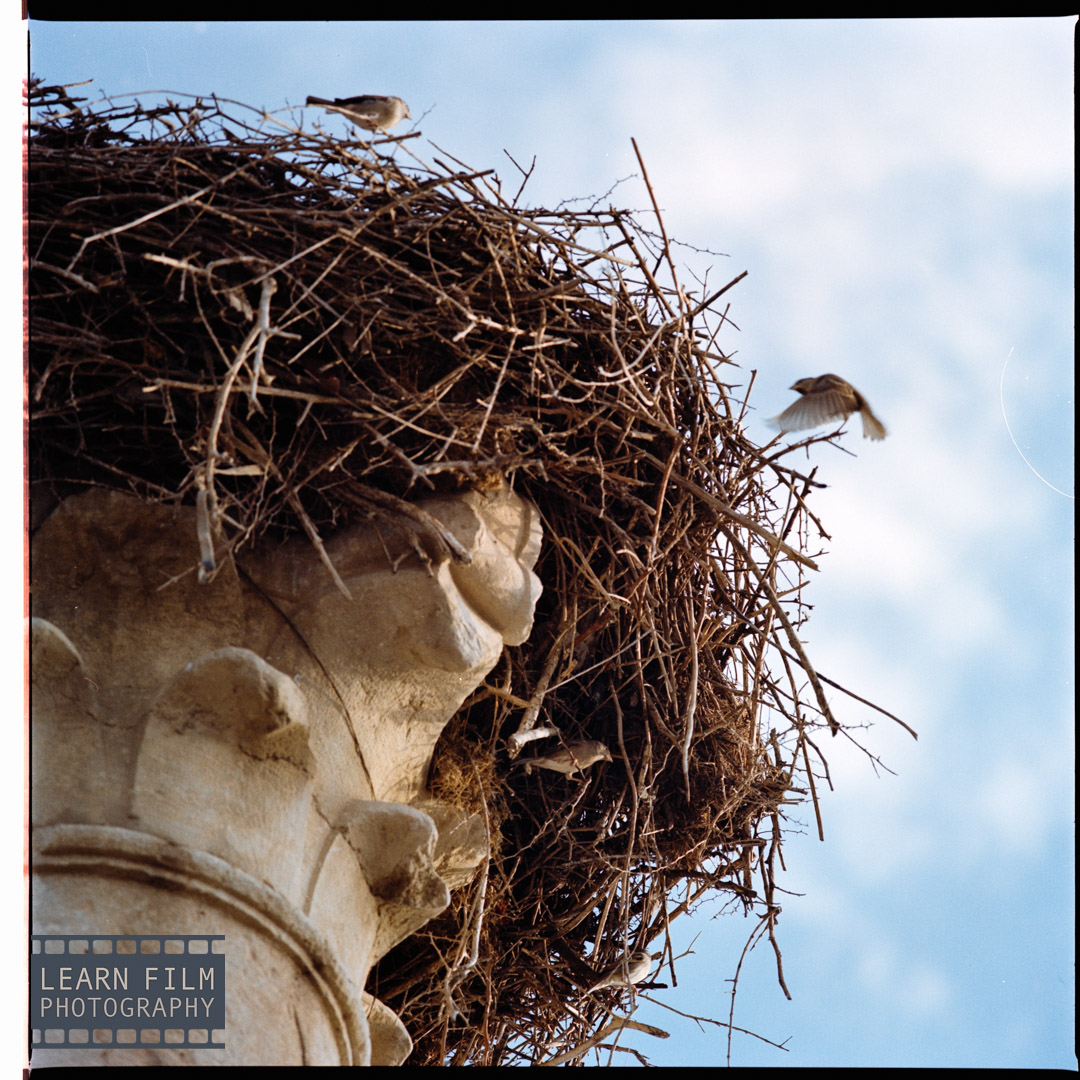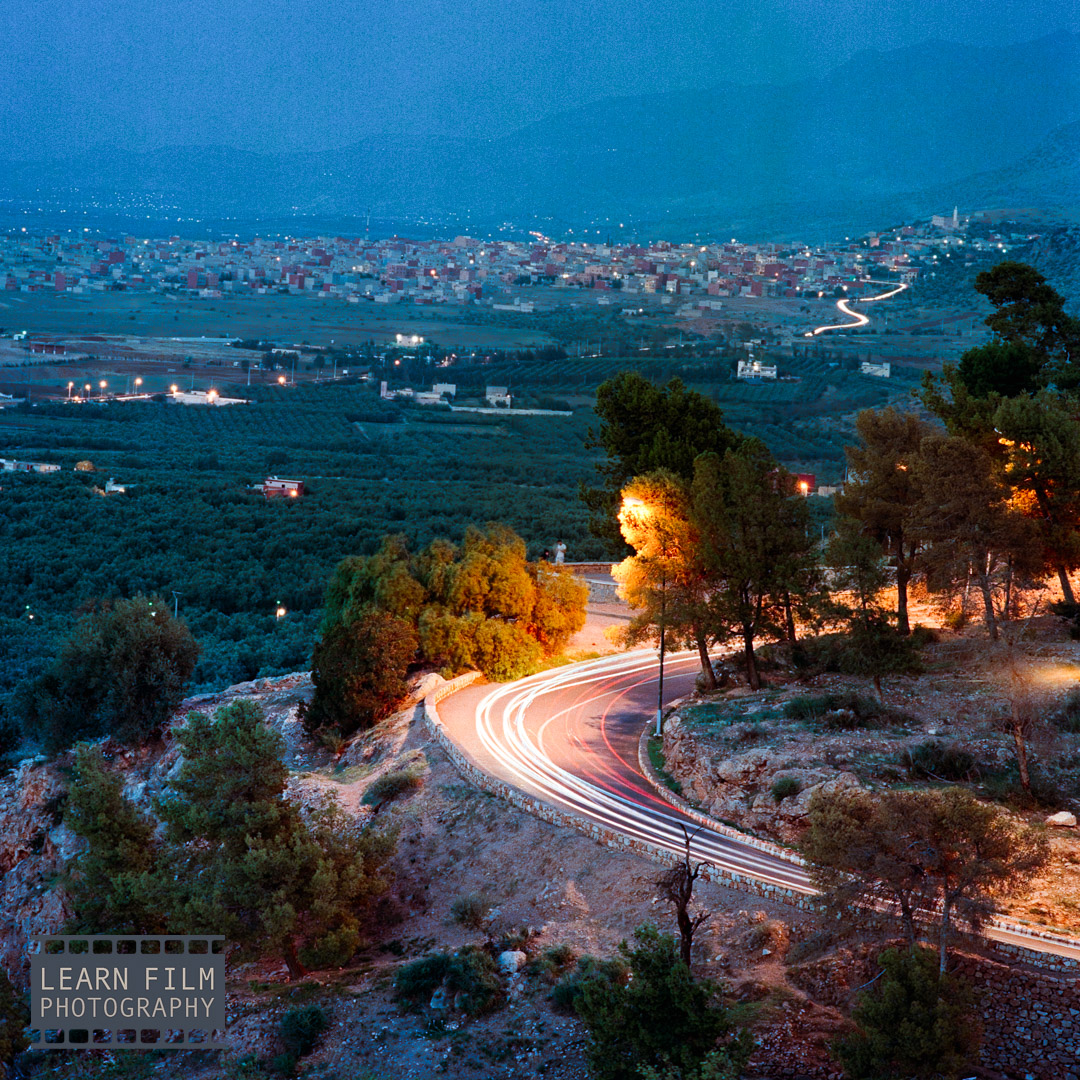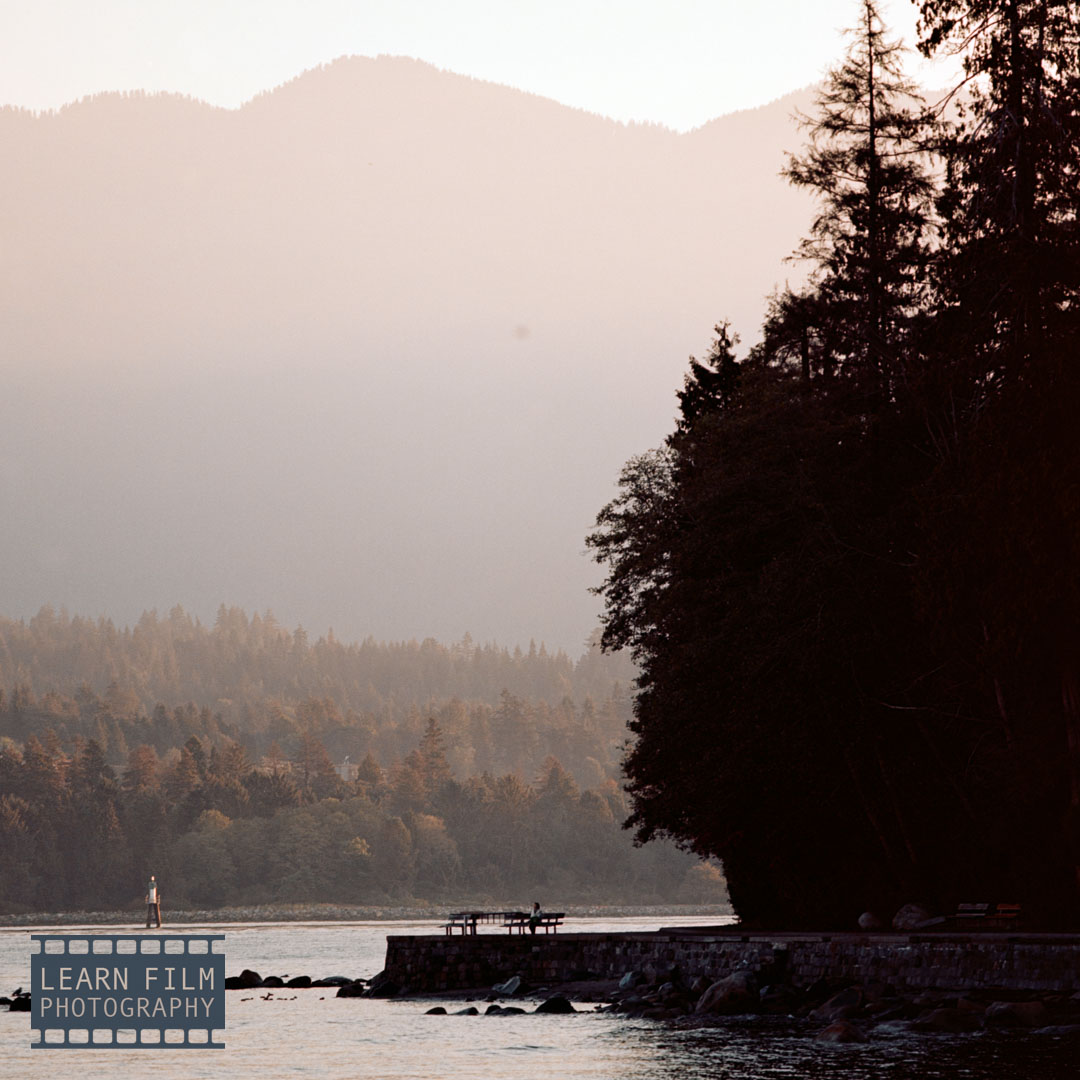One of the most surprisingly useful lenses in my camera kit is the Zeiss Sonnar 250mm f/5.6. This long lens has the field of view of a 135mm lens in 35mm format but just was extra compression and bokeh.
This lens straddles an important boundary between being the perfect portrait lens, a landscape photography lens, and one that’s useful for street and wildlife.
And because of its popularity, thanks to it going to the moon with Nasa, this was one of the most mass-produced lenses by Zeiss, making it one of the cheaper options available on the used marketplace.
Even the newer versions of this lens had the same lens design originally produced in the 1950s, meaning the only time photographers need to upgrade to the more expensive CFi version will be if they use a focal plane shutter Hasselblad like the 2000f.
Get the Zeiss Sonnar 250mm f/5.6 lens on eBay here.

| Focal length | 250mm |
| Aperture | f/5.6 – f/45 in half stops |
| Aperture blades | 5 |
| Shutter speeds | 1s – 1/500th |
| Shutter type | Leaf |
| Close focusing distance | 2.5m to infinity |
| Maximum magnification | 0.13x |
| Weight | 1kg |
| Models | C / CT* Original lens, all-metal body. C lenses are silver, while C T* lenses are black, and have the T* coating that reduces flaring significantly. CF Newer version, designed for use with focal plane shutter cameras. CFi: Modern version (i stands for “improved”) with support for focal plane shutters. Lens elements and design are the same as original C / CT* lenses, but have improved internal performance, stability, and flare reduction. Superachrommat: The scientific version of this lens, designed for optical perfection, with absolutely zero chromatic aberration or distortion. These models were rare and fetch a premium. |
Zeiss Sonnar 250mm f/5.6 sharpness and chromatic aberration
One of the defining features of the Zeiss Sonnar 250mm f/5.6 is its sharpness and almost complete lack of chromatic aberration — even when shooting at the maximum aperture.
It’s no secret that longer focal length lenses on a medium format body were much easier to create than wide-angle lenses. That’s why this lens continues to be one of the most reliable, and unchanged lenses designed by Zeiss — while wider-angle lenses tend not to hold up as well to modern designs.
The chromatic aberrations are extremely well-controlled. Even in high-contrast scenes with direct light, it’s almost impossible to see chromatic aberrations in the image. You’d have to zoom in 300% in Lightroom or Photoshop before they even start to become visible.
And thanks to the Zeiss T* lens coatings on the later models (any version that is painted black), the lens has sufficient flare reduction that makes it useable even in direct sunlight.
The only way to get a sharper version of this lens is to find a Superachromat version, which was designed to be optically perfect lenses for scientific applications. Because of that, they are relatively rare and super expensive to buy on the used marketplace.

What does the Zeiss 250mm f/5.6 do best?
The 250mm focal length is a jack of all trades, but master of none lens. It fits a very similar field of view on a 6x6cm film as a 135mm lens on a 35mm camera.
It’s a fantastic portrait lens because of the facial and feature compression, while also enabling a very high degree of focus blur even at f/5.6 — but you’ll need a fairly big room to work with it effectively.
Pair the Zeiss Sonnar 250mm f/5.6 with an incredibly sharp Zeiss Mutar 2x tele extender, and you’ll have a 500mm f/11 lens that is incredibly sharp for taking wildlife photos or capturing birds in flight at a safe distance.
This lens is also a favorite of mine for landscape photography. The long focal length is perfect for isolating subjects a long distance away. I have used this lens on a tripod at blue hour extensively to capture many of my favorite landscape images, including landscapes featuring the moon.
But one of the best uses may be for street photography, where having a long focal length like this will allow photographers to capture natural photos on the streets without others noticing.

What are the downsides of the 250mm lens?
The biggest downside of this lens is its aperture. While it can easily blur backgrounds thanks to its long focal length, f/5.6 is often too small for shooting images outdoors at night. That means without flash or strong light, it’s going to be a difficult lens to use even at sunset and blue hour when the light is best.
In most cases, I have this lens on my tripod, which isn’t a problem when it comes to landscape photography. But most people will use this lens for portraits, which need more flexibility in constantly changing lighting.
However, the small apertures are common for long focal length lenses in medium format systems — in order to keep the weight from being completely unbearable, manufacturers had to make a sacrifice somewhere. When you look at long focal length lenses, like the 300mm or 400mm lenses for full frame, those lenses need to almost double in size for every extra stop of light they let in. For medium format, that size increase would likely be a lot worse.
Having a small maximum aperture makes this lens small and handholdable. It can fit in a bag without weighing it down too much because of the sacrifice Zeiss made.

Final thoughts
The Zeiss 250mm f/5.6 is an exceptional lens for Hasselblad photographers. Its size and focal length make it useful for a very wide range of photography styles. It’s one of the four lenses that is always in my camera bag because of its exceptional versatility, and the background compression that it creates when creating landscape photos.
For portraiture, this lens will give you the same extremely flattering look as a 135mm f/2.8 lens, but with even better compression thanks to the medium format size.
Even though it has a rather small maximum aperture, I still find that because of its incredible sharpness and lack of chromatic aberration even when shooting wide open, the Zeiss Sonnar 250mm f/5.6 is a lens worth bringing around the world.
Get your copy of the incredible Hasselblad Zeiss Sonnar 250mm f/5.6 on eBay here.

By Daren
Daren is a journalist and wedding photographer based in Vancouver, B.C. He’s been taking personal and professional photos on film since 2017 and began developing and printing his own photos after wanting more control than what local labs could offer. Discover his newest publications at Soft Grain Books, or check out the print shop.


I had the 250C T* version, and later switched to the Superachromat version. The Regular 250 is plenty sharp enough as noted.
How big of a difference did you notice between the Superachromat version and the regular 250mm? Is it that significant?